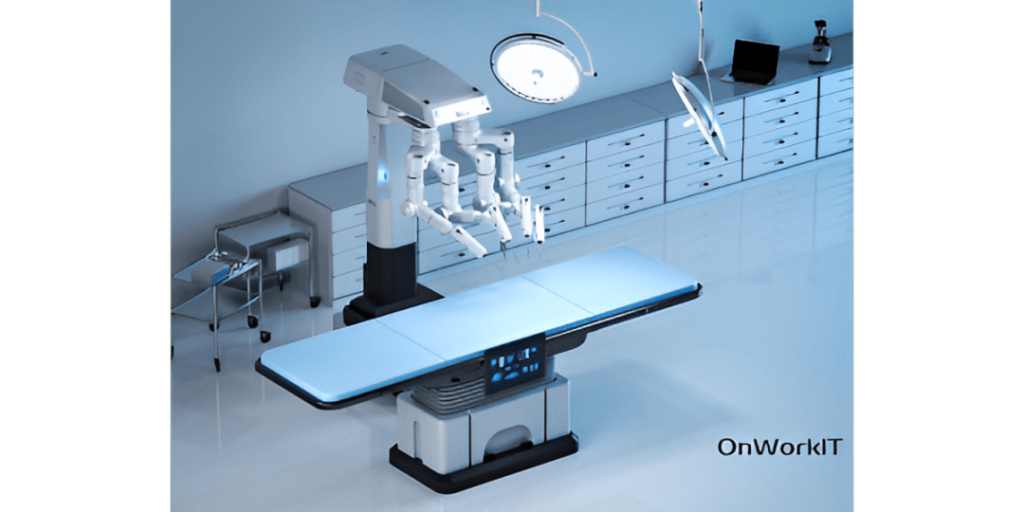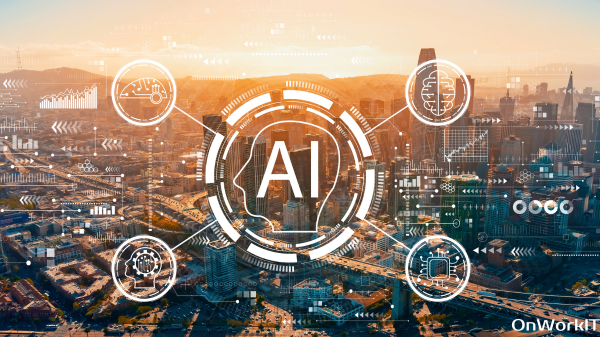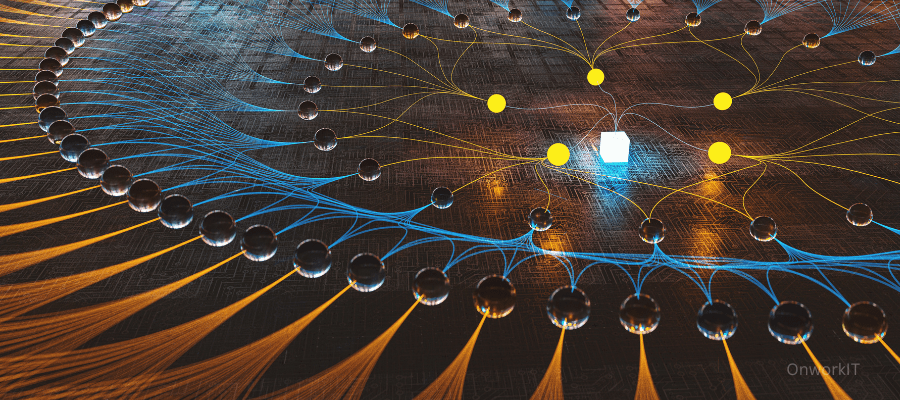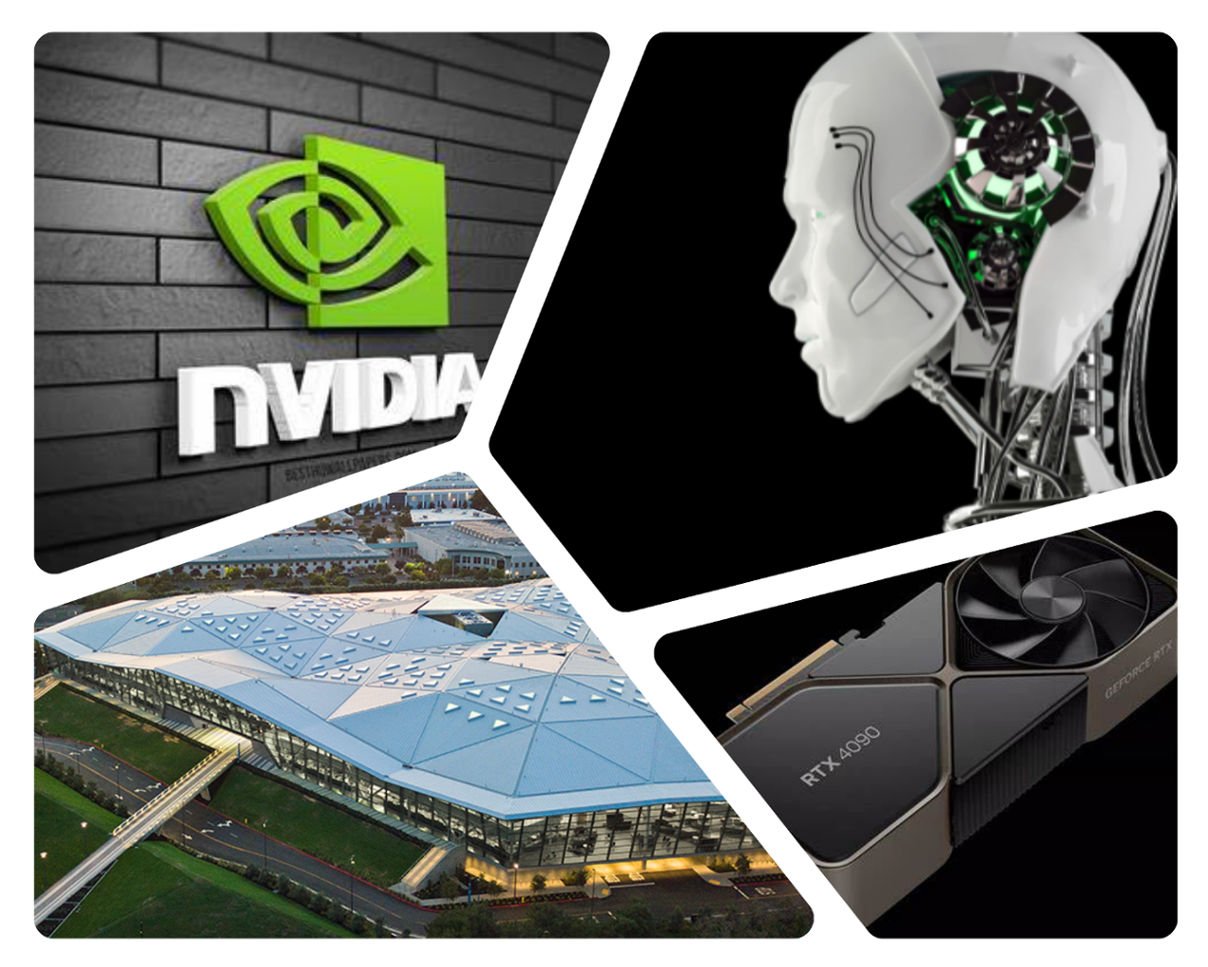NVIDIA’s Pioneering Role in Generative AI
Over the past year, generative AI has surged in popularity, with NVIDIA standing out prominently in the AI sector. At the recently concluded CES 2024, NVIDIA showcased significant advancements in generative AI technology, unveiling a range of new products and services for gamers and content creators. These include:
- Chat with RTX: Utilizes retrieval-enhanced generation technology to connect RTX-accelerated large language models with user data, creating realistic text, images, and videos.
- NVIDIA ACE: A platform that uses generative AI to bring virtual digital characters to life.
- Getty Images iStock: A generative AI service based on NVIDIA Picasso, capable of creating 4K images.
- GeForce RTX 40 SUPER Series GPUs:
These new GPUs offer significant performance improvements over previous models, supporting 4K panoramic ray-tracing games and accelerating generative AI applications. - RTX Remix Application: Allows for the remastering of classic games using generative AI texture tools.

Expanding Generative AI Beyond Entertainment
NVIDIA’s generative AI technology is also poised to impact sectors beyond gaming and content creation, including robotics. According to Deepu Talla, NVIDIA’s Vice President of Robotics and Edge Computing, generative AI will extend its influence to homes, offices, farms, factories, hospitals, and laboratories.
Generative AI in Robotics
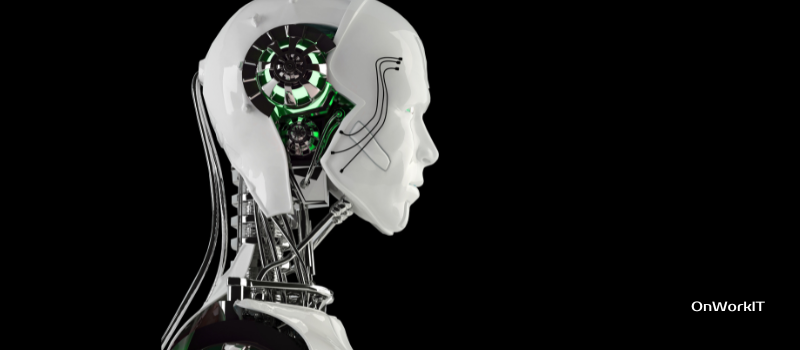
At CES, Talla highlighted how NVIDIA and its partners are integrating generative AI with robotics to enhance efficiency, reduce costs, and address labor shortages. Large language models (LLMs), analogous to the human brain’s language center. It Enable robots to better understand and respond to human instructions, learning continuously from interactions with humans and their environment.
Talla emphasized that generative AI is particularly suited for robotics due to its ability to facilitate natural language interaction. Transforming ordinary users into technical artists capable of creating complex robotic work units or entire warehouse simulations. Previously, robots were designed for specific tasks, making modifications time-consuming. Advances in LLMs and visual language models are overcoming these limitations, allowing for intuitive interactions with robots through natural language.
NVIDIA Isaac Platform’s Role in Robotics
NVIDIA‘s Isaac and Jetson platforms are crucial in developing and deploying AI robots. These platforms have been adopted by over 1.2 million developers and 10,000 customers and partners, including companies like Analog Devices, Aurora Labs, and GlüxKind. Using tools like NVIDIA Picasso, users can generate realistic 3D assets from simple text prompts, enhancing robotic training environments dynamically.
The integration of generative AI with the NVIDIA Omniverse allows for the creation of diverse, physically accurate scenes. And strengthening the testing and training of robots to ensure real-world applicability. This aligns with the transformative potential of generative AI in reshaping robotic deployment methods.
Dual Computer Model for AI Deployment

Talla outlined the dual-computer model necessary for deploying AI in robotics:
- AI Factory:
This core component involves creating and improving AI models using NVIDIA’s data center infrastructure, AI, and Omniverse platforms to simulate & train AI models. - Operational Environment:
This varies based on the application, ranging from cloud or data centers to local servers for tasks like defect detection in semiconductor manufacturing or autonomous machines equipped with multiple sensors and cameras.

Companies like Agility Robotics and NTT are incorporating generative AI into their robots to facilitate understanding of text or voice commands. Dreame Technology’s robot vacuum cleaners are trained in simulated living spaces created by generative AI models, while Electric Sheep is developing a globally applicable autonomous lawn-mowing paradigm.
Conclusion

Supported by technologies like NVIDIA‘s Isaac platform, generative AI is increasingly being applied in robotics, promising significant future advancements. As technology evolves, generative AI will play a crucial role in driving continuous innovation in robotics.
